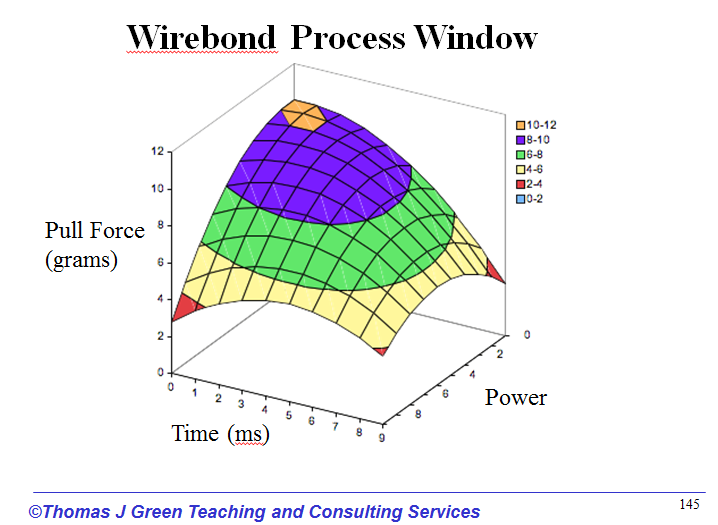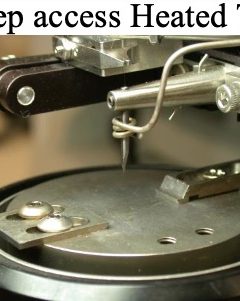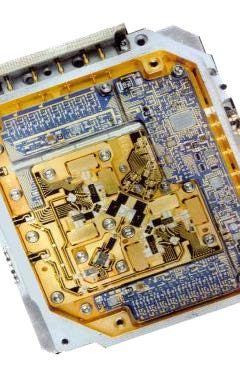Physics and Chemistry of Volatile Species in Hermetic Electronic Devices
September 7, 2016
Using Design Of Experiments To Optimize Wire Bond Processes
September 10, 2016Hermeticity of MEMS and Microelctronic Packages (Textbook Review)
There are very few good textbooks out there on subject of hermeticity testing. Most people don’t even know how to pronounce the word. Suzanne Costello and Marc Desmulliez just wrote a very good book on hermeticity testing titled “Hermeticity Testing for MEMS and Microelectronic Packages” published by Artech House (ISBN # 13:978-1-60807-527-0). This book picks up where Hal Greenhouse left off.
- Check out TJ Green Associates, LLC Hermeticity FAQs
The focus is on MEMS/sensors and other small cavity packages where issues like surface area to volume ratio and diffusion of gas species through the bulk material now dominate the conversation. Nano-liter sized packages are very difficult, if not impossible to test using conventional hermeticity techniques. A new way of thinking and new test methodologies are required to even begin to understand how to measure and evaluate device reliability and expected lifetimes for this growing segment of the marketplace.
Limitations Of Existing Ex Situ Leak Test Methods
The authors do a very good job pointing out the limitations of existing ex situ leak test methods and then go on to describe some novel hermeticity techniques now in development for the next generation packages. I learned a lot reading the book especially the part about using FTIR and Raman spectroscopy as a possible means of assessing hermeticity in small volume packages. This idea intrigued me since those techniques are well understood in other applications. I also now have a much better understanding of the theory behind Q-factor monitoring of resonant microstructures as a means of measuring hermeticity.
RGA (residual gas analysis) was discussed as the only definitive way to measure hermeticity and quantify the amount and type of gas inside the cavity. I agree with that statement, but too bad it’s a destructive test. Recent advances in high Resolution RGA using Time of Flight mass spectrometry to achieve the required sensitivity now is being routinely used on nano-liter volume packages and is commercially available today.
A recent 2008 SPIE paper by Rich Kullberg and Dan Rossiter from ORS does a nice job describing the applicability and limitations of this technique. This manuscript written by Costello and Desmulliez is nicely laid out and well referenced. Many references I hadn’t seen before, so there is a lot more to learn and I like it when the authors take the time to research and list all the appropriate references. I’d suggest you go out and buy this book, read it and then keep it near the desk, maybe next to Greenhouse’s book.



